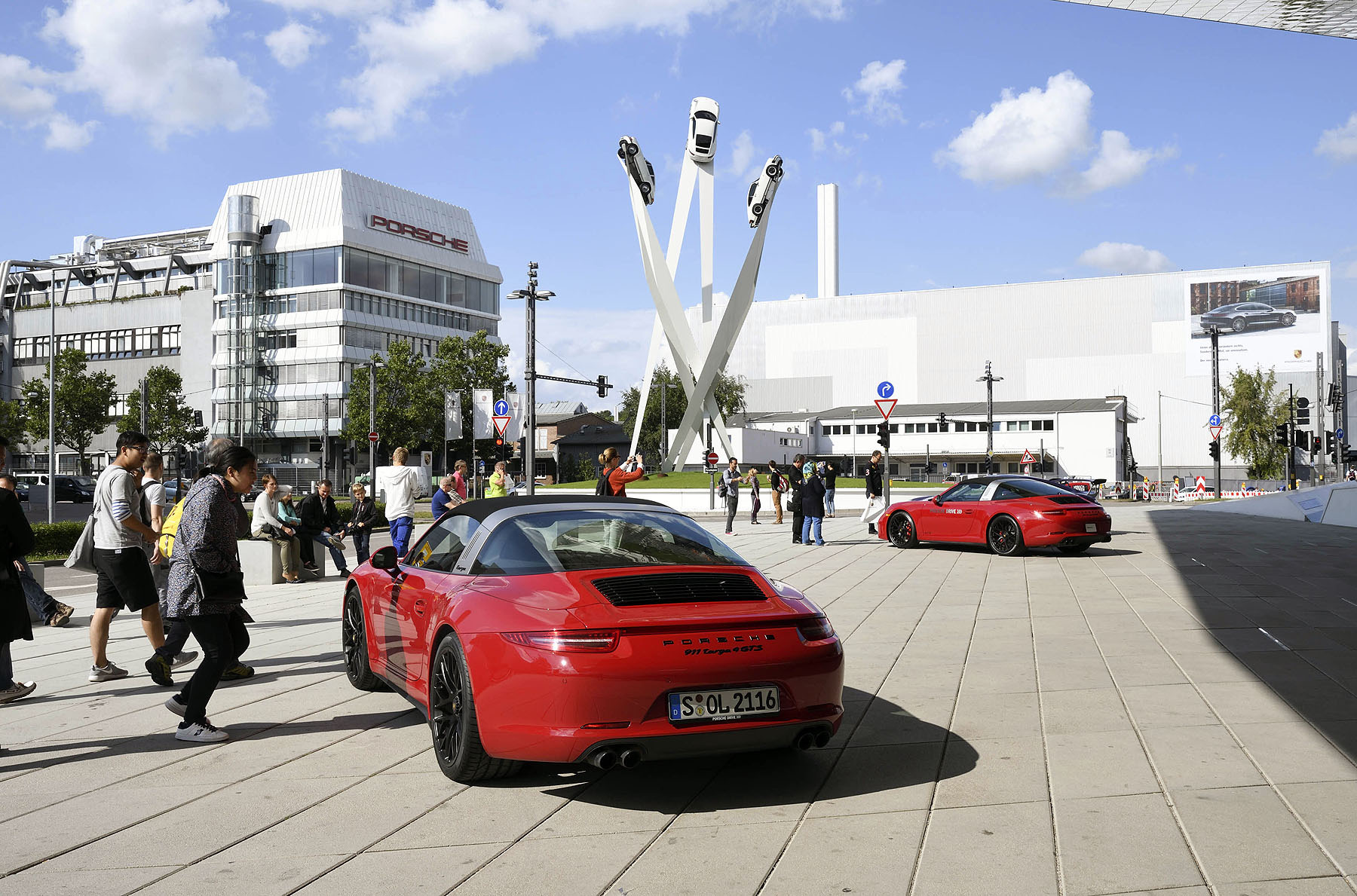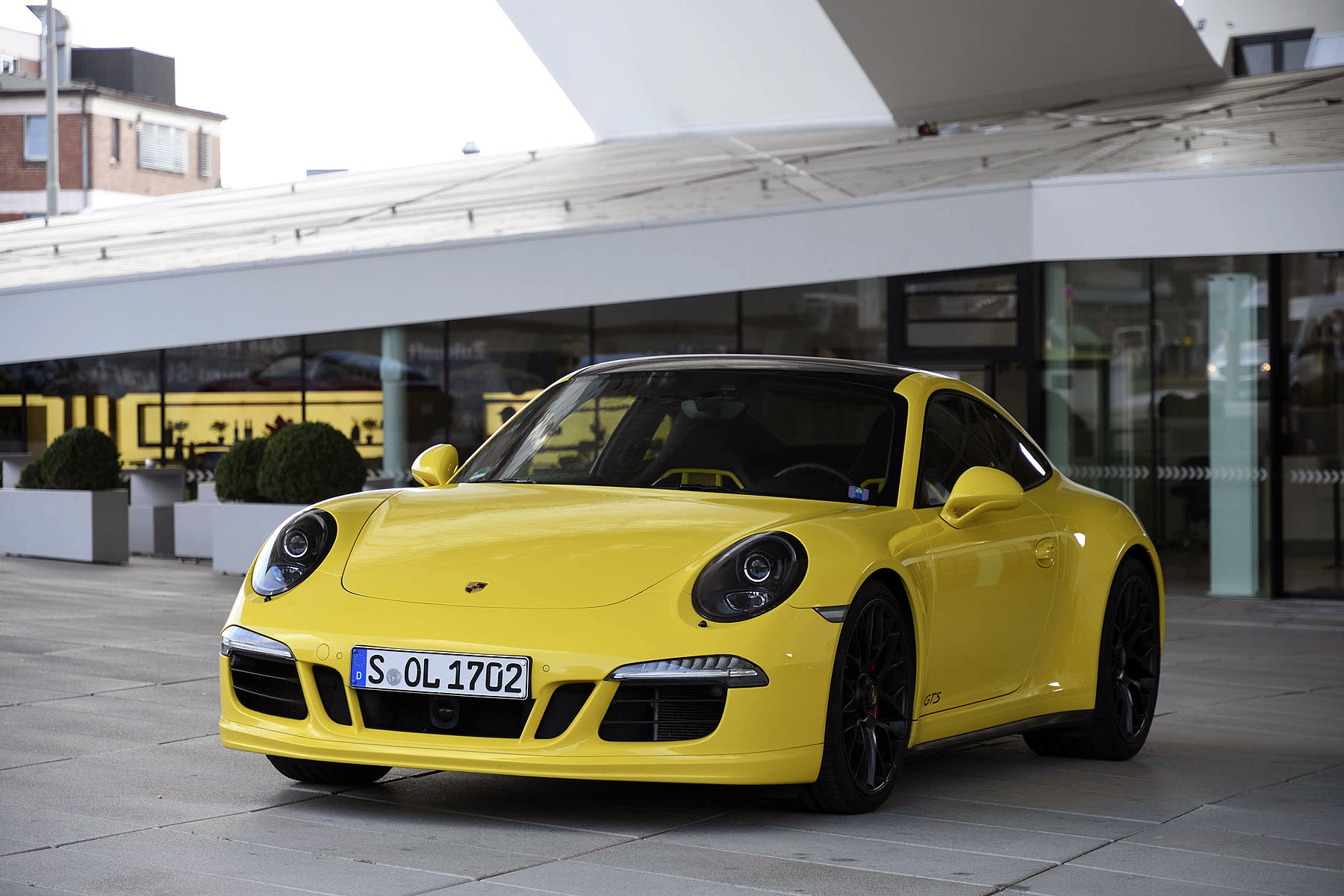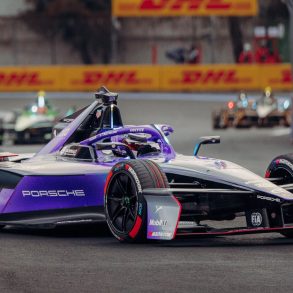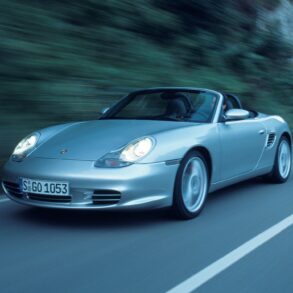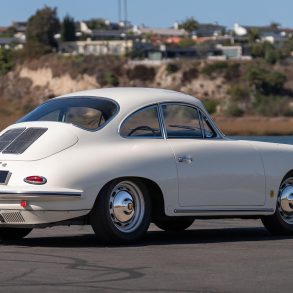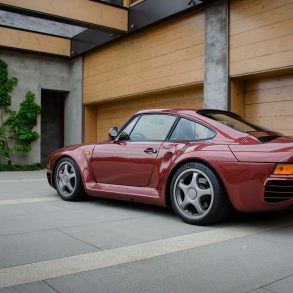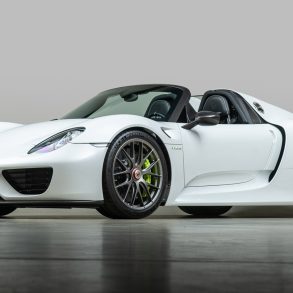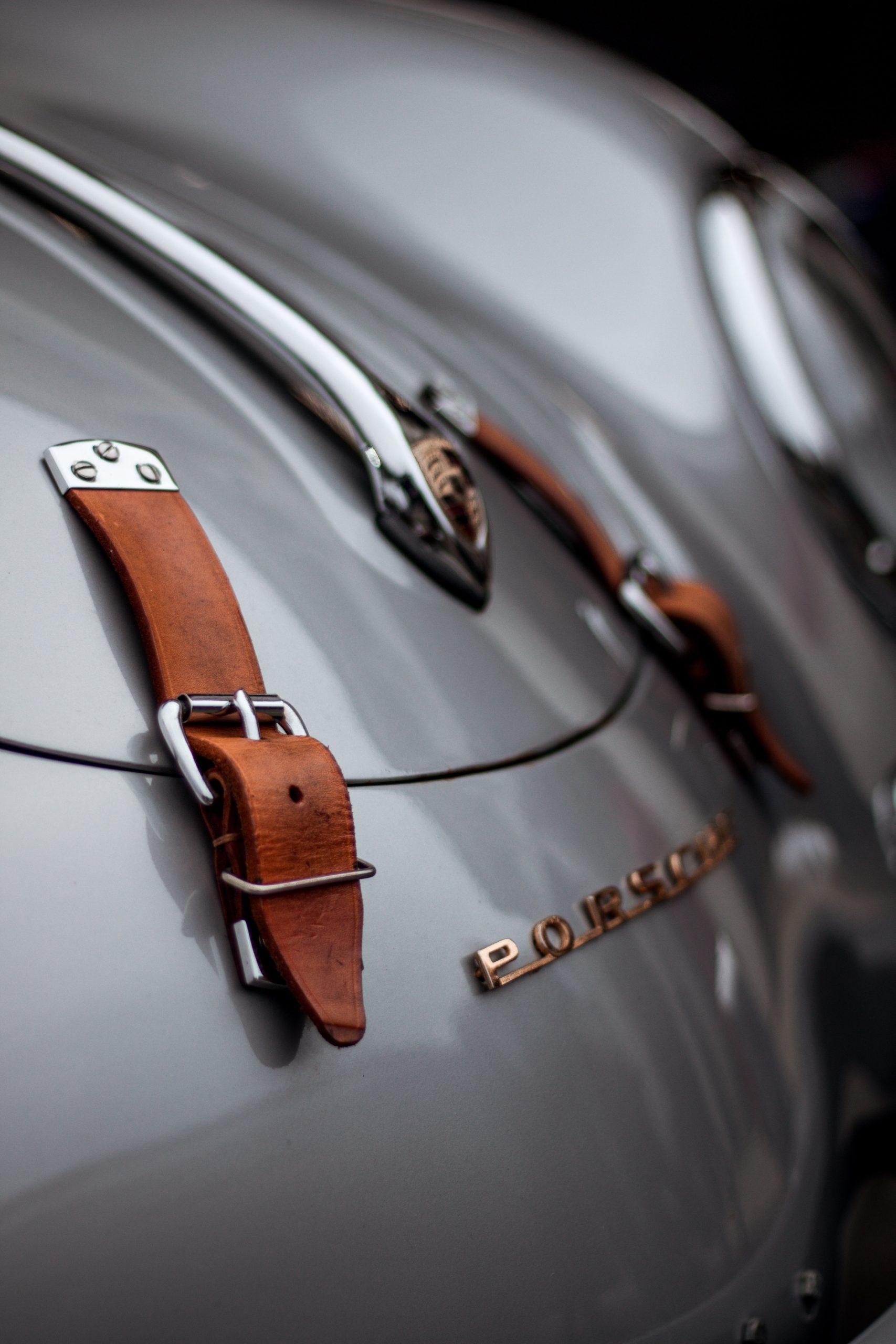First Europe, then North America
The 991.1 GTS was the second 911 offered as a GTS sub-brand. The first was the 997.2 in 2009 after Porsche tried it successfully on the Cayenne. The GTS concept was a clever idea: based on the S but priced above it, the GTS version was equipped with selected options that would have made a similarly specified S more expensive. In the case of the 911, it also meant significantly more horsepower: the 997.2 GTS was fitted with the Power Kit option, then an £8,000 extra. This power upgrade did not reach North America until the 991.1 range arrived, as the original European 997.2 GTS Power Kit did not meet EPA standards.
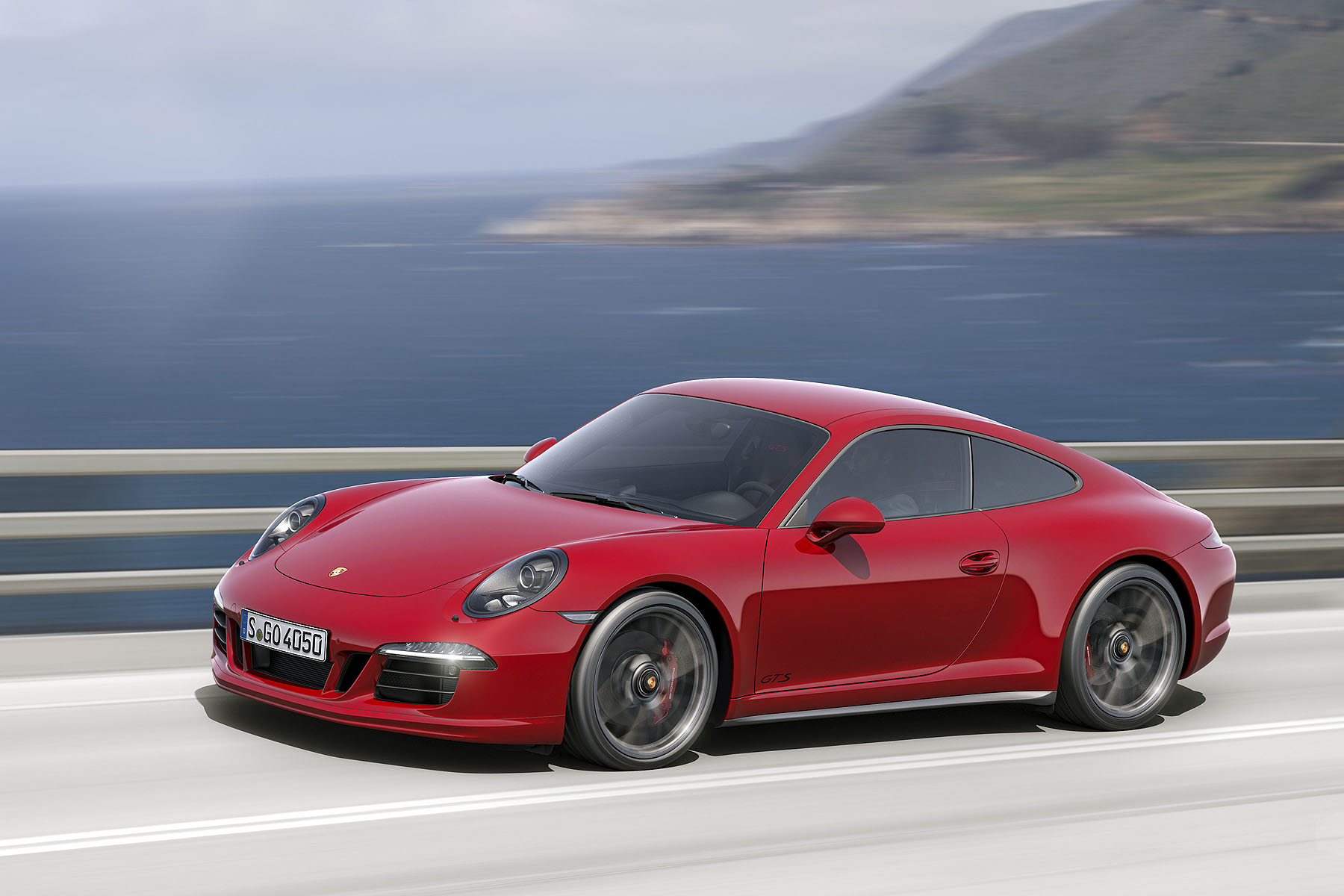
Launched worldwide in 2014, the 991.1 GTS was available in coupe, cabriolet, and Targa until 2016 when 991.1 production ended, and the naturally aspirated 3.8 was replaced by the 3-liter twin-turbocharged 991.2.
Engine
The A 91 series of engines used until 2016 was introduced for the second generation 997 in 2008. A complete redesign of the M96-97 series, the A 91 unit, although still a flat six, was completely different. Its ‘closed deck’ cylinder head improved coolant flow around the head and enhanced rigidity: Porsche claimed the new engine was 22% more rigid than the M97.
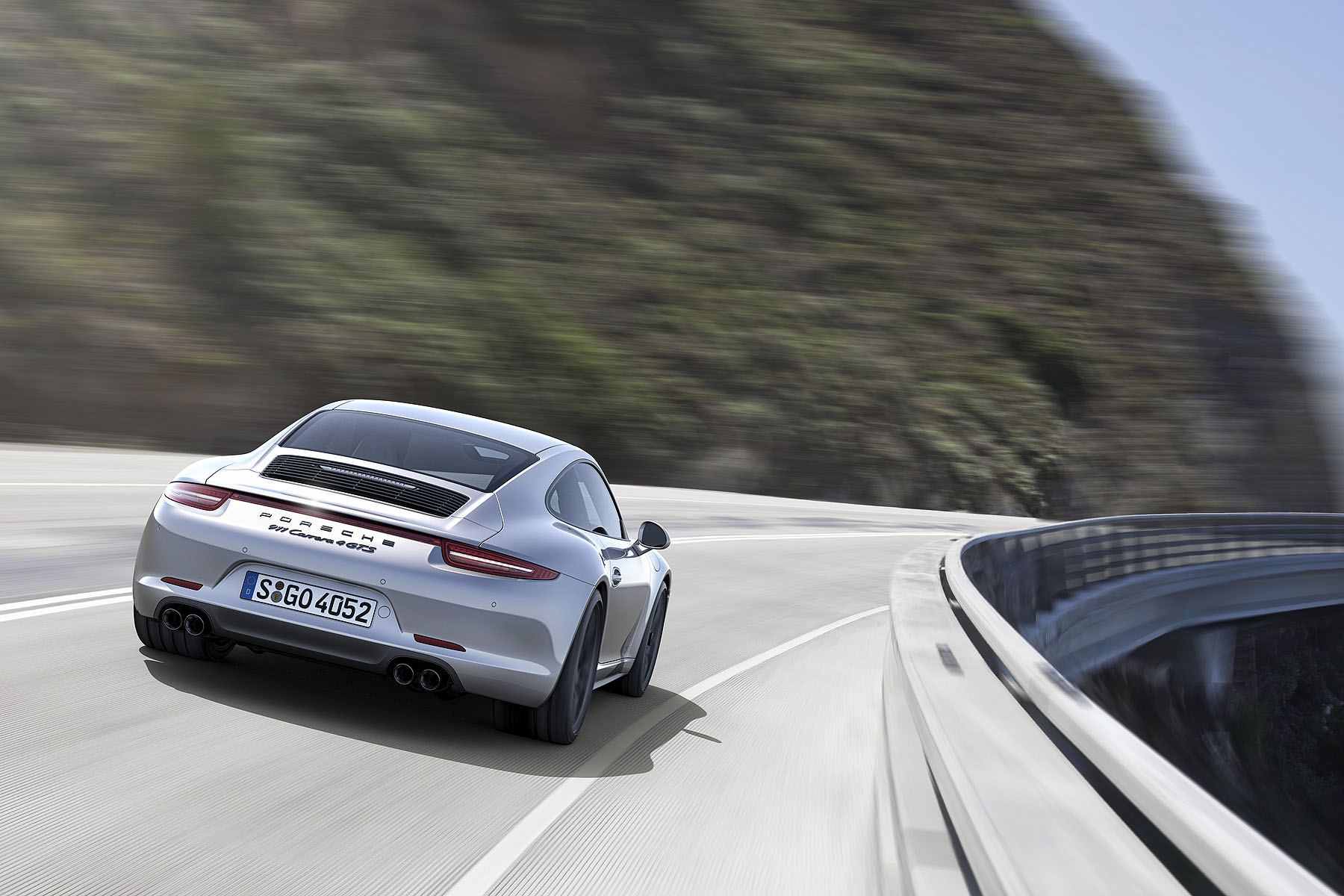
It also weighed 6kg less. Amongst numerous changes was the re-engineering of the camshaft, now driven straight off the crankshaft rather than through an intermediate shaft (which had caused so much trouble with the previous design). The A 91’s lubrication system had also been rethought: instead of the traditional mechanical oil pumps, it used electrically driven pumps that responded to oil demand measured by the engine’s DME software—this enhanced lubrication at very low engine revs and reduced unnecessary pumping power. Besides an improved lubrication regime, better economy through reduced mechanical loss was a further advantage of electronic lubrication. Porsche claimed that besides saving three horsepower, it also brought a 2% diminution in fuel use.
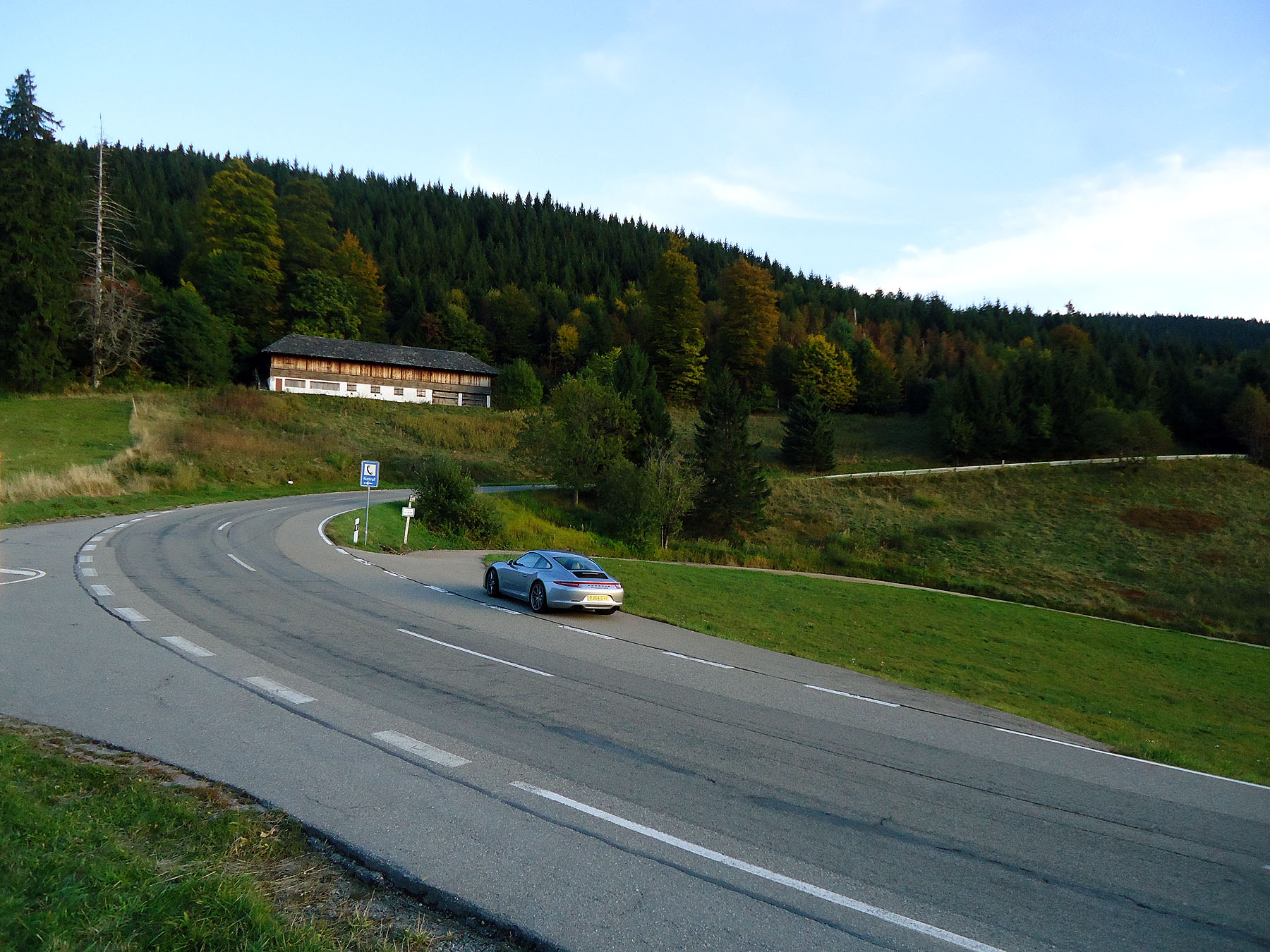
The A 91 proved a reliable unit from the outset with no structural or leakage problems. Some observers even opined that Porsche should have introduced the A91 at the launch of the 997 in 2004. The first significant revision came after three years in 2011 when with the advent of the 991, Porsche rationalized its sports car engine range. A new 2.7 ‘economy’ version replaced the 2.9 used in the Boxster and Cayman, while the 3.6 of the 911 Carrera was dropped and replaced by an updated version of the 3.4 used for the S versions of the mid-engine cars.
The 3.8 Carrera S, later used in the GTS, was substantially retuned. The air intake had an improved air filter/manifold and a less constricting exhaust system, contributing to better cylinder filling. Lubrication on all engines was enhanced by oil pumps which now reacted to lateral g forces as well as accelerator demands. Chrome alloy camshaft tips allowed what Porsche called “GT engine speeds.” Maximum power was now achieved at 7500 rpm, and the rev limit was 7800 rpm. In contrast, for the 3.8S, the maximum torque came at 5600 rpm, some 1000 rpm higher than the 997 S.
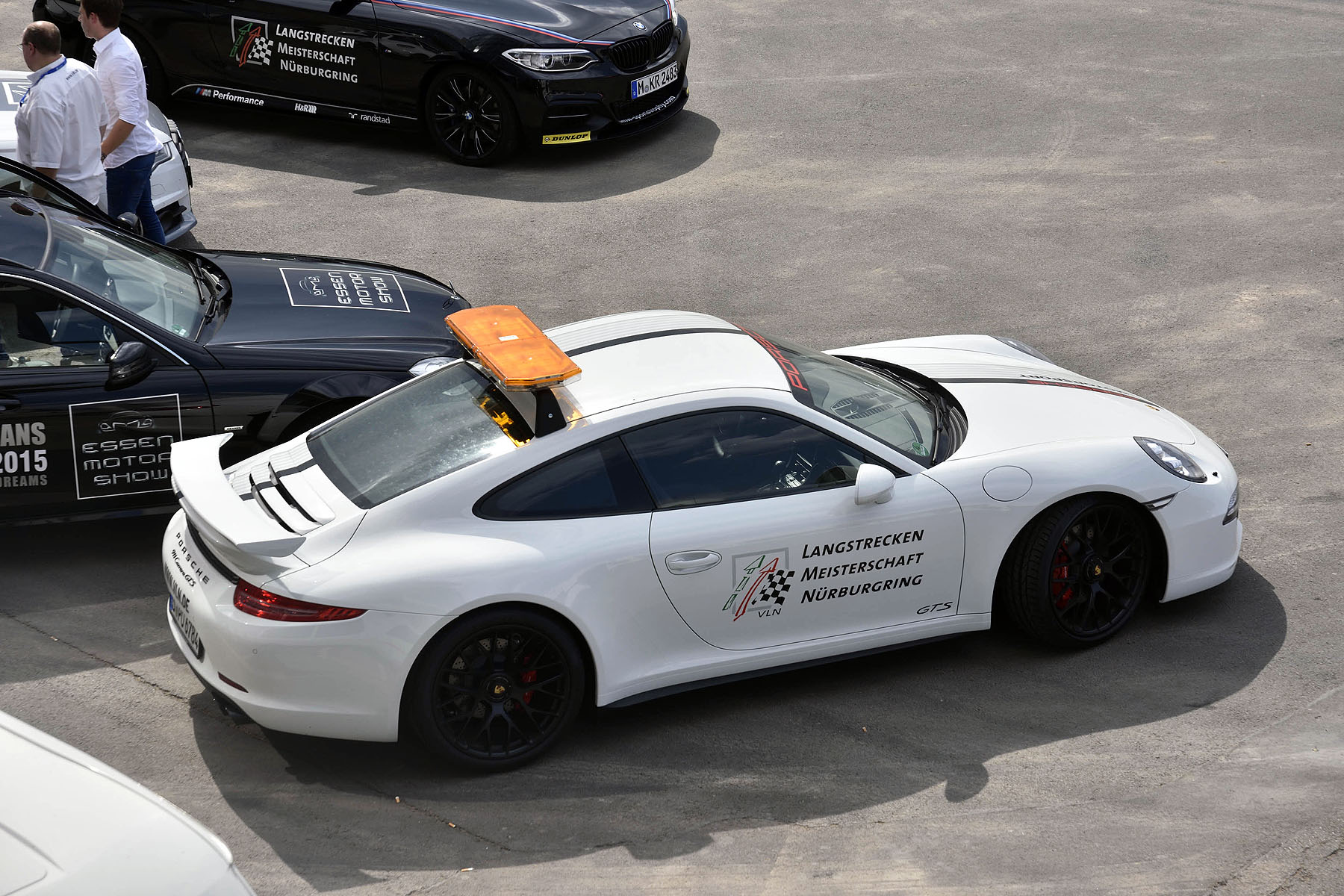
Other advances on the 991 engine included a type of starter-generator rather than a traditional starter and alternator. The unit managed both the stop-start mechanism and recovered energy while coasting. It also reduced demand on the engine when the car was accelerating. To raise output from the 991.1S’ 400PS to the 430PS of the Power Kit-equipped GTS with no loss of flexibility or fuel consumption penalty was no small achievement. Higher revs and bigger valves were out of the question because the 3.8 was already at its safe limit, so Weissach concentrated instead on the classic tuning techniques and greater volumetric efficiency: extensively polished ports and higher lift camshafts were paired with a dedicated cast aluminum manifold which replaced the standard plastic molded item with individual induction intakes for each cylinder. Larger exhaust ports and revised fuel mapping completed a significant upgrade.
Road testers all commented that the additional power and torque of the GTS became apparent at high revs where, as Pete Stout put it in Panorama, “the extra 30 horses and the Power Kit’s breathing benefits come into play. As normally aspirated sixes go, it’s a honey”
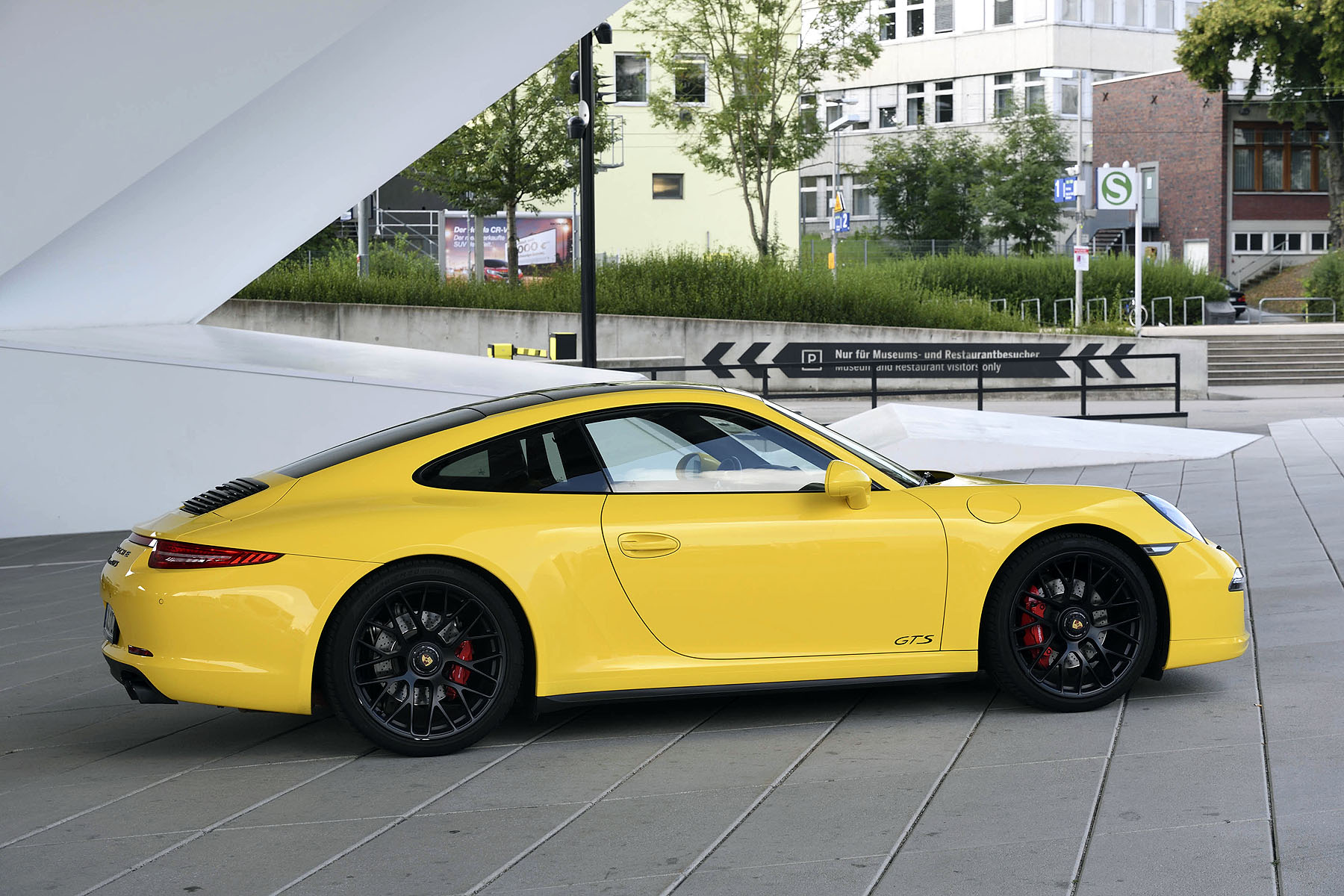
What to look for (engine)
Little goes wrong with the A 91, which has proved dependable if adequately maintained. Adherence to specified service intervals, especially oil changes, is critical. For buyers, a car that has had annual rather than bi-annual oil changes is worth seeking out: this suggests a previous owner with technical sympathy, one who also would not overstress the engine when cold, thought to be one of the causes of the bore scoring. PDK examples that have rarely ventured outside town (and perhaps exceeded 2000rpm only infrequently, the PDK’s default change-up speed) also need to be treated with caution, especially if a service interval has been missed. Occasionally, a sensor or other small component in the complex cylinder head fails, flashing up a ‘return to dealer’ message. The car usually remains drivable, and replacement parts can cost less than $100 though labor charges may be double that.
All 991.1 GTSs are at least seven years old, and problems tend to relate to aging components. Coolant systems may need some rework on the earliest cars, such as replacement of the water pump (service records may indicate this has already been carried out) and both the A/C and coolant radiators, exposed to road dirt and stones at the front of the car are vulnerable.
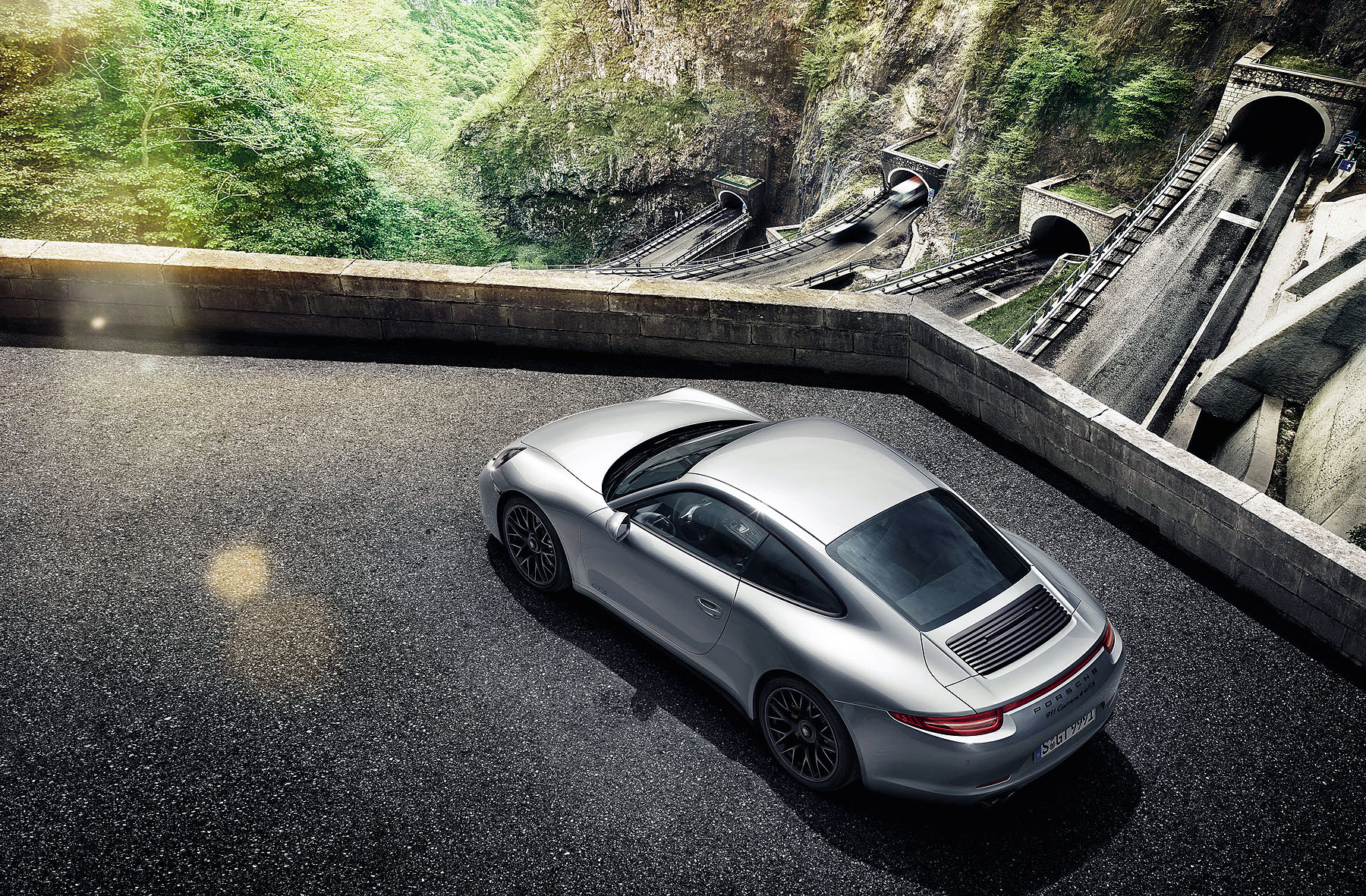
Transmission
For the 991, Porsche retained the seven-speed PDK gearbox (still a $3500 extra) with software enhancements to improve response time and mpg. Laudably, the stock 991 still had a manual shift, but instead of the much-praised six-speed of the 997, this was a seven-speed box also made by ZF using some elements of the PDK version for cost savings. Porsche correctly anticipated that the PDK would handsomely outsell the manual, with only 20% of 991s ordered for North America being manuals. The gate with five slots across the top was less intuitive and was too easy to miss-shift, especially when down-shifting. Based on the PDK’s top ratio, the seventh gear was so high that it was irrelevant below 80mph.
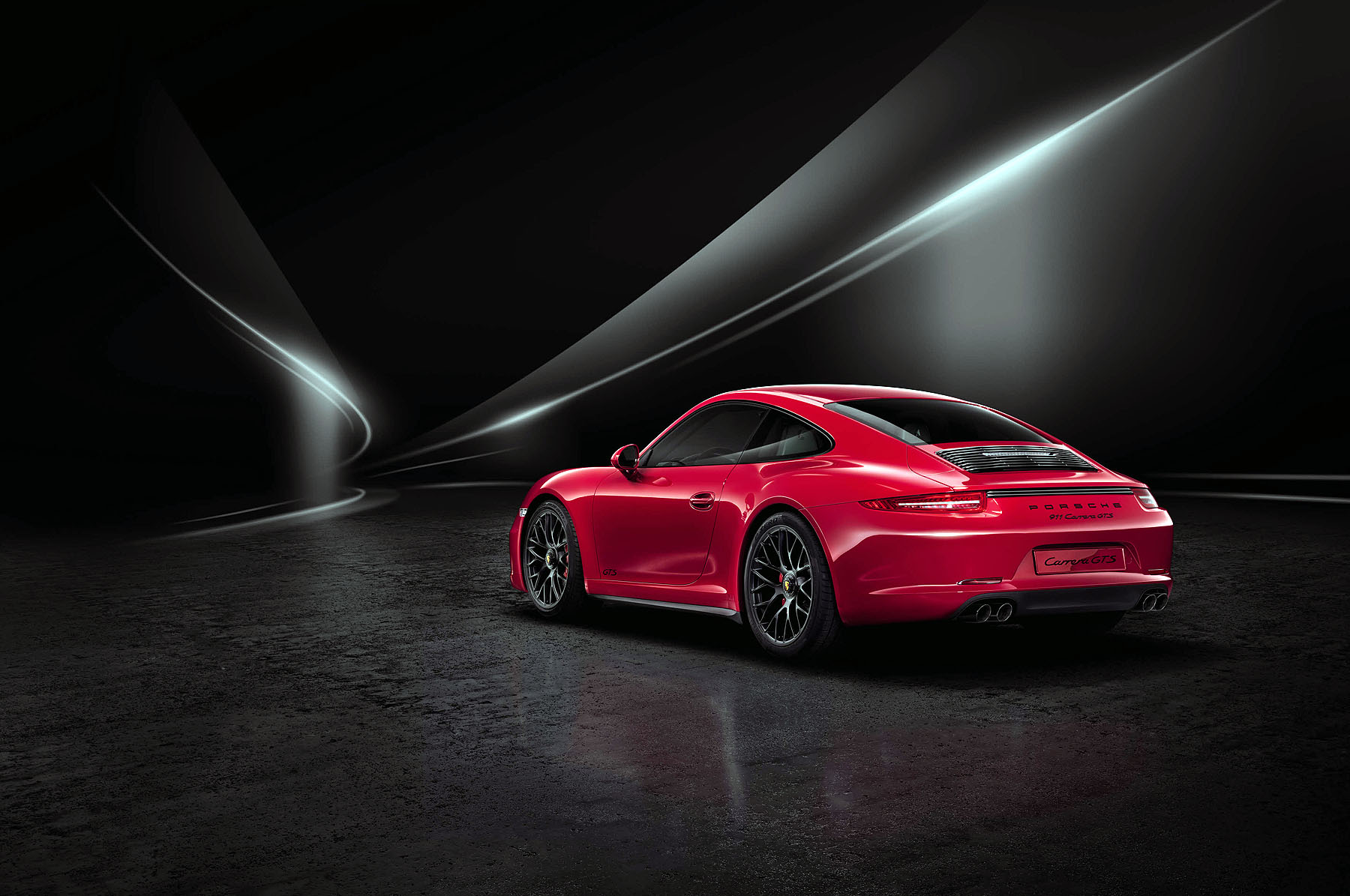
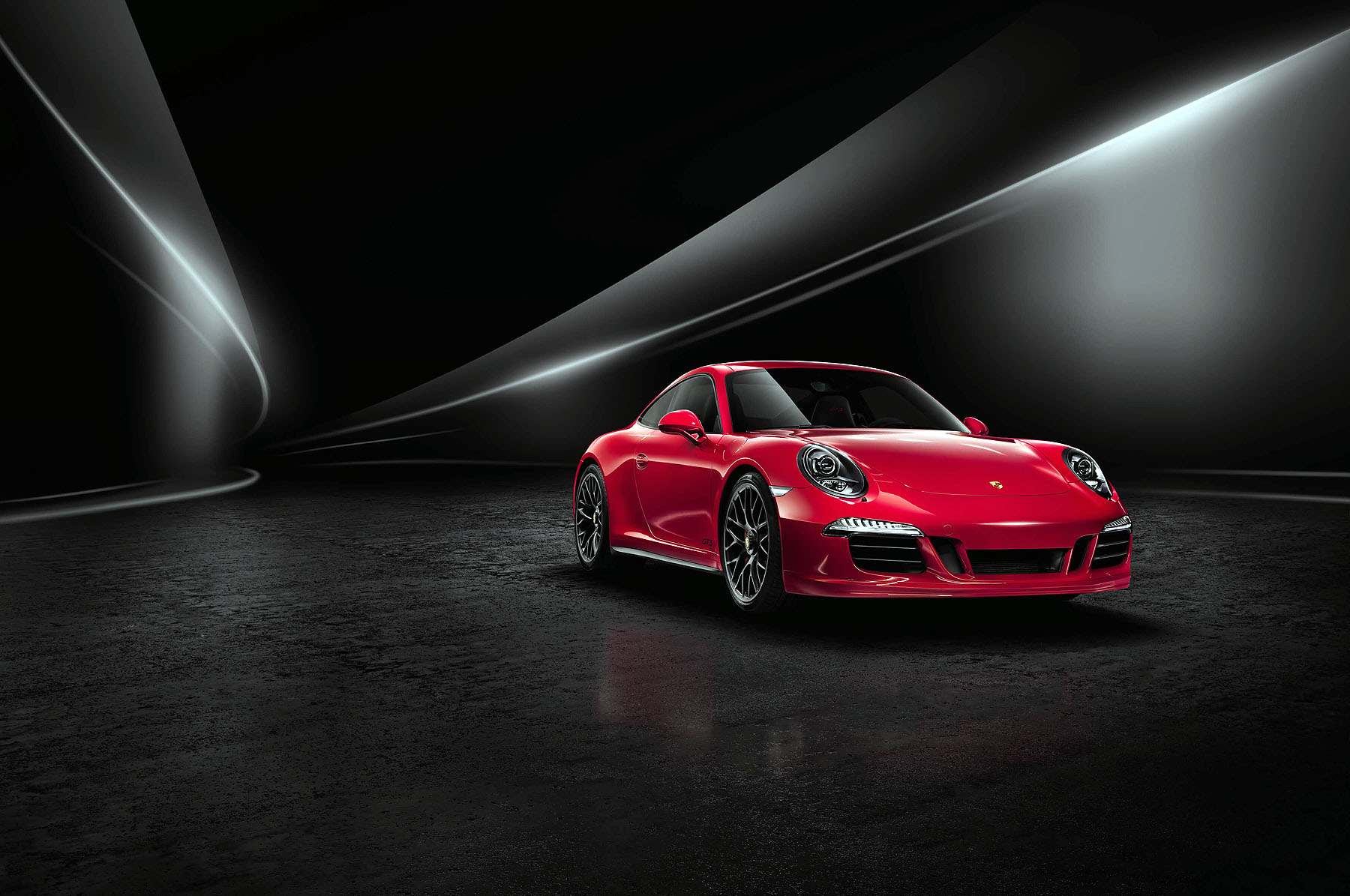
The quality of the manual gearshift was the only serious black mark in this otherwise much-admired 911. When the GTS was introduced in 2014, the company spoke of its “shifting force optimized” manual gearbox. Though still not a match for the previous six-speed, correspondents found a tangible improvement. Panorama offered a technical explanation for this improvement: “The previous set-up’s annoying roll-over (balky) engagement has largely gone,” the magazine blaming this on “the labyrinthine linkage that converted the PDK-based manual’s non-sequential gear stack into a convenient H pattern.”
Chassis
Despite being larger and offering more cabin space than the 997’s, the 991’s body was 80kg lighter thanks to extensive (44%) use of aluminum. The chassis was also stiffer. The 3.9-inch-longer wheelbase allowed for larger wheels and for Porsche to introduce its PDCC system of adjustable anti-roll bars, which lowered the car by 0.8 inches. The new dimensions permitted a wider front track, contributing to overall stability by maintaining camber under cornering. PTV (torque-vectoring) complemented the regulatory PSM, and Porsche’s Dynamic Engine Mounts completed a notably high-tech chassis control system.
With the 991, Porsche brought in electro-mechanical steering. It required less energy/fuel than the previous hydraulically assisted set-up. Experienced Porsche drivers initially complained about lack of feel and over-insulation of road shocks. Subsequent iterations of electric steering have seen subtle improvements, and drivers generally have become accustomed to it. It also has the advantage of being service-free, requiring no power steering fluid, pumps, or associated pipework.
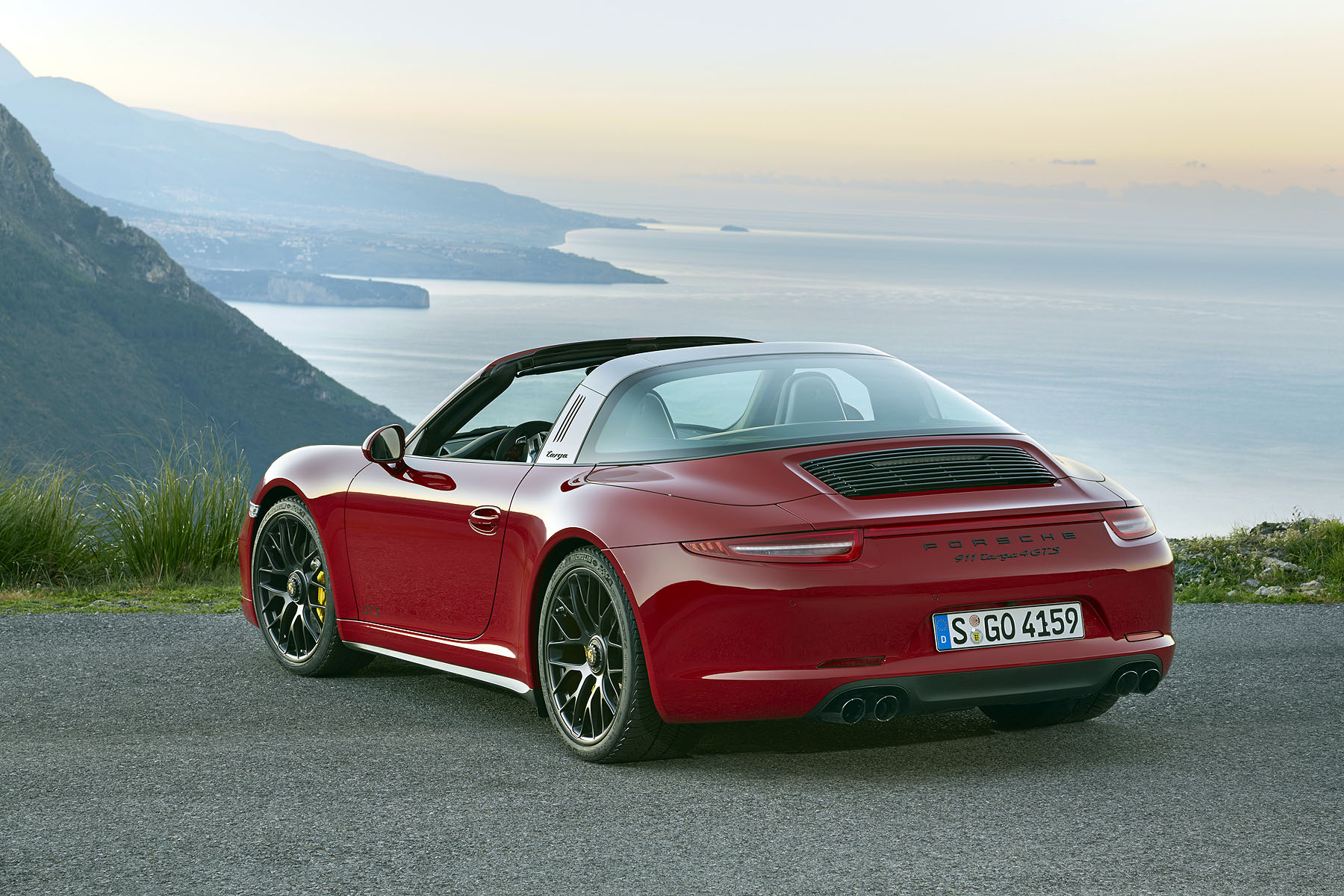
All GTS models, whether 2-or 4-wheel drive, used the slightly wider Carrera 4 body and had black, center-lock 20-inch wheels and a lower grille treatment which helped to differentiate it from their lesser brethren. As well as GTS badging, including the door thresholds, polished black exhaust tips distinguished these sportier 911s.
What to look for ( chassis )
Any deterioration of the chassis in a post-1997 911 often reveals itself through odd clonks in the suspension, a tendency to run off to one side rather than holding straight, and uneven tire wear. But no correctly maintained 991.1 GTS should show these faults, and equipment such as the PASM (which is easy to test) should be working. Finding tires of the same make and type on both axles is always reassuring. It would be surprising to find any shortcuts indicating a lack of maintenance on a car of this value and power.
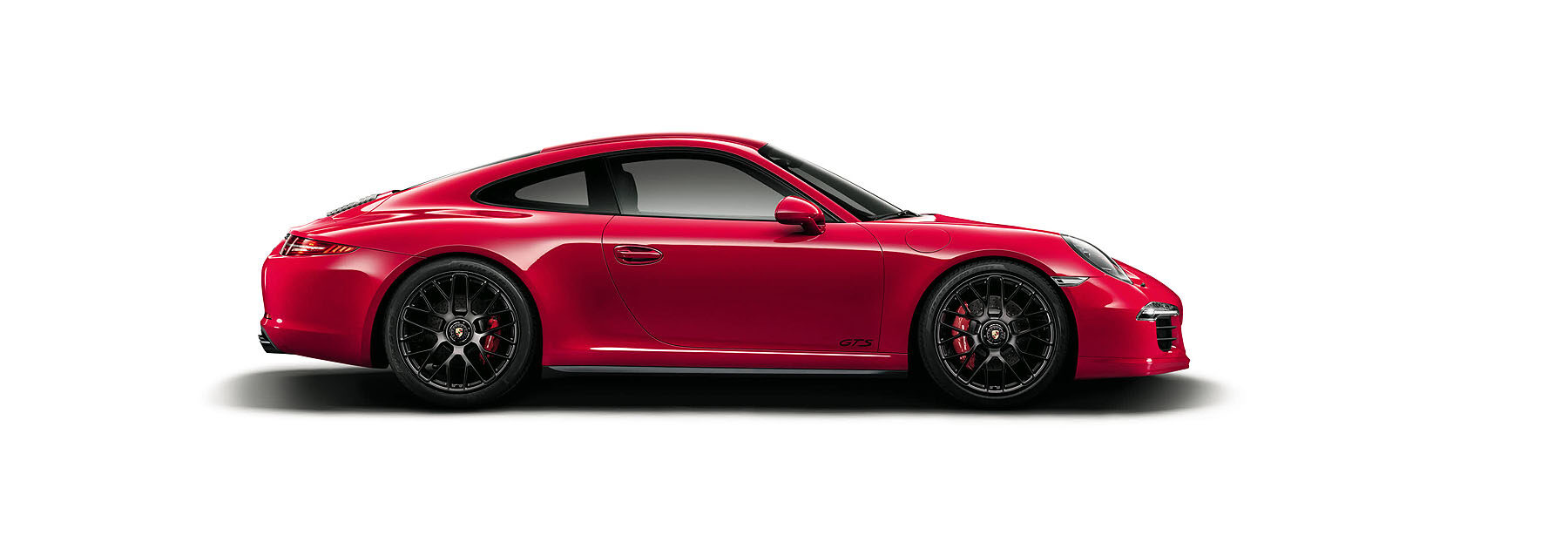
Body and Interior
The way the 991 carried over the classic 911 shape in an altogether larger body was a triumph. The longer wheelbase reduced front and rear overhangs while accommodating 20 and later 21inch wheels and making them look natural rather than over-sized; if the roofline was unchanged, the windscreen was shallower, its base pulled 3 inches forward while the front aspect differentiated itself from the 997 with revised lighting and a discreetly wider grille. The curving rear was more of a departure, emphasized by the 991’s slimline lights, but one the stylists under Matthias Kulla pulled off successfully. This is nowhere more evident than with the Cabrio, which follows the roofline of a coupe.
The 991’s cabin was more modern than the 997’s with more shoulder room and the sense of spaciousness by way of a more distant windscreen. The loss of the old 911 intimacy (and some of the view out) did not suit all Porsche fans, but there was no argument that the fittings and furnishings were distinctly improved. The door cards were re-sculpted and the grey plastic handles of the 997 had been replaced by harder-wearing and classier polished metal items. Inside, a sloping control panel first seen on the Carrera GT was used that brought the gearshift closer to the steering wheel.
Specific treatment for the GTS included sports seats with Alcantara center panels, the same material used for the steering wheel, door pulls, and storage bins. The instruments were trimmed in black.
What to look for ( Body & Interior)
The front of a 911 is always vulnerable to stone damage, and many dealers tidy this up by respraying the entire bumper as a routine sales preparation. Search for a perfect paint match and ensure the front panel has been refitted correctly. Any uneven panel gaps elsewhere and signs of new paint point to accident repairs for which an invoice should be on file. Paintwork otherwise should be uniformly excellent. Porsches of this age should show no sign of body corrosion, but the same cannot be said for the underside: exhaust bolts corrode and often need replacement after eight or so years. Aluminum suspension components often suffer after a decade of salty winter roads. The paintwork should be uniformly excellent. White is a relatively easy color to match and can hide many sins. Beware of the resplendent Carrara white, multi-owner 991 offered at a temptingly low price by a non-specialist seller.
Porsche cabins are well constructed and resist wear. A sign of a cared-for 911 is that the leather aroma still exists. Any hint of mustiness suggests water ingress somewhere and should be investigated.
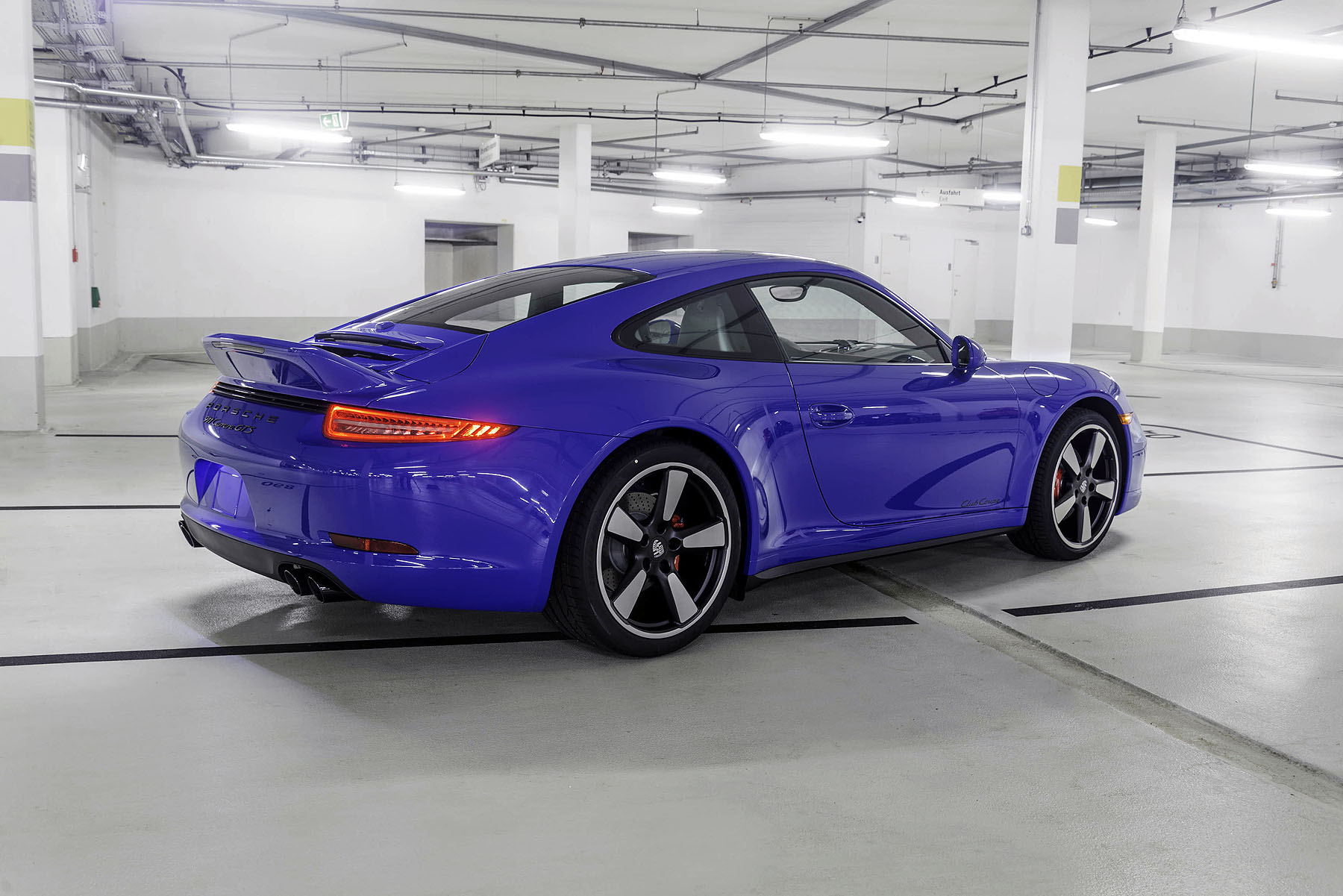


Verdict- then
At its Pasadena launch in 2015, it was significant that the 991.1 GTS’s press itinerary included a visit to the twisting up-and-down Willow Springs circuit: Porsche was leaving no doubt as to its intentions with the new GTS and the company would have been gratified by the reaction of correspondents who were unanimous in praising a 911 Carrera that was as good on the track as on the highway. While all parties understood that the GTS was not a GT3, it was a step up from the Carrera S regarding value. Porsche, it appeared, had succeeded in producing ‘the markedly sporty yet comfortable 911’ it had set out to.
As Autocar observed, “From the moment you turn the key, you are reminded what a fabulously tuned, honed and at once familiar yet still enthralling experience this 911 is. Its lightly loaded front end allows the steering assistance to be knocked right back so it has confident weight, excellent road feel and all the turn-in precision you could ask for. The engine’s response is always predictable and feels more energetic than the Carrera S, never more so than over the last 1500rpm of the rev range.”
These comments related largely to the GTS coupe. While the Cabrio and Targa versions shared most of these virtues, their greater weight and touring disposition naturally rendered them slightly less sporty. Some correspondents even wondered whether the GTS appellation should be reserved for the 911 coupe, fearing that the proliferation of the badge would devalue it (e.g., BMW’s ‘M’ moniker).
Verdict – now
To judge from the market eight years on, the original 991 GTS is held in the same high esteem as on introduction: values are near the 2015 base prices, which began at $114,200 for the C2 and $120,600 for the C4. Cabrios were some $9,000 more; the C4 cabrio and Targa were both priced at $132,800. The optional but commonly specified PDK added about $2,500.
The GTS was a special model whose current mileage tends to be lower than standard Carreras. As of this article, most examples advertised are in the $125K range. The GTS has suffered relatively little depreciation for a mass-market 911. The fact that they are also the very last naturally aspirated 911s (except the highly specialist GT3 models) will positively impact future values. The GTS’s cannily selected specification – the Power Kit, the center-lock wheels, its distinctive cabin, and styling touches add to its attraction. Ultimately, nothing beats a 911’s versatility – comfortable in traffic, room for shopping, refined interstate touring, and track day performance followed by a relaxing ride home.


